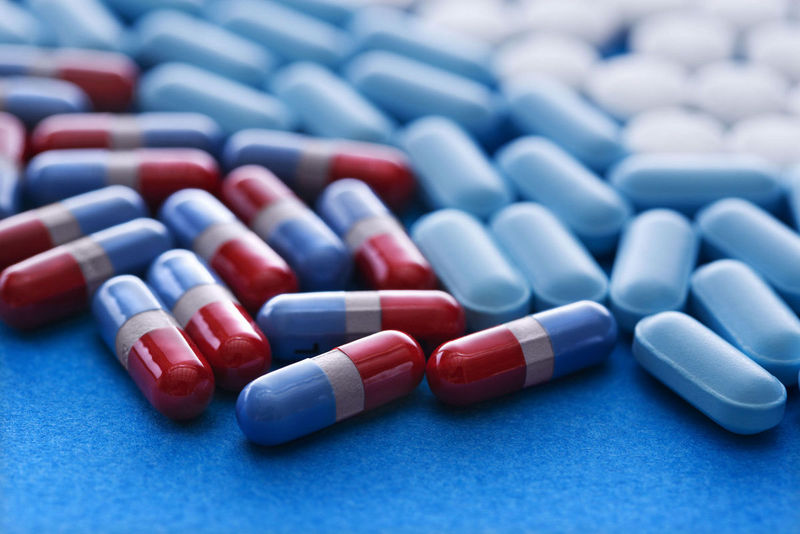
WEDNESDAY, May 25 (HealthDay News) — Taken in combination, two commonly prescribed drugs, the antidepressant Paxil and the cholesterol-lowering medication Pravachol, appear to significantly raise blood sugar levels, a new study finds.
The increase is most apparent — and concerning — among diabetics, whose blood sugar is already too high, the researchers noted.
“This interaction may affect as many as 1 million Americans who might be on these two drugs and who are getting a bump in their blood glucose that may be unnecessary,” said lead researcher Dr. Russ Altman, a professor of bioengineering, genetics and medicine at Stanford University.
It’s possible that the blood sugar spike triggered a diagnosis of type 2 diabetes in some patients, Altman said, “and we might have been able to avoid that diagnosis if they hadn’t been on these drugs,” he said. “That’s speculative, but it’s possible.”
Neither drug alone raises blood sugar, and the researchers said they can’t yet explain the effect of the combination. Also, combinations of other antidepressants and cholesterol-lowering drugs do not boost glucose levels. “It is not what we would call a ‘class’ effect,” Altman explained.
Paxil (paroxetine) is in a class of drugs called selective serotonin reuptake inhibitors (SSRIs), and Pravachol (pravastatin) belongs to a group of drugs called statins. “We looked at all other pairs of SSRIs and statins, and there were a couple that showed a tiny bump in glucose, but there is nothing like the bump seen with Paxil and Pravachol,” Altman said.
For the study, published online May 25 in Clinical Pharmacology and Therapeutics, the researchers used a technique called data mining, scanning large databases in hopes of finding information that, while not immediately obvious, is gleaned by combining data in a new way.
In this case, Altman’s team used data from the U.S. Food and Drug Administration’s Adverse Event Reporting System, plus data from Stanford, Harvard and Vanderbilt universities to identify associations that would not be apparent to doctors treating individual patients.
Using this method, the researchers identified 135 non-diabetic patients taking both drugs whose blood sugar increased 19 milligrams per deciliter after starting treatment. They also identified 104 diabetics whose blood sugar increased an average of 48 mg/dl while taking both drugs.
People with blood sugar levels of 126 mg/dl or higher on two tests are considered diabetic. Levels of 100 mg/dl to 125 mg/dl are considered pre-diabetic.
By extrapolating these findings to the entire United States population, Altman’s team believes that of 33 million people currently taking Paxil or Pravachol, 500,000 to 1 million take them together.
To test whether their findings were merely associations that could be explained by other factors, the researchers experimented with the drugs in mice.
The mice were exposed to the two drugs after receiving a high-fat, high-calorie diet to make them pre-diabetic. While neither drug alone increased blood sugar, together they increased blood sugar from about 128 mg/dl to 193 mg/dl, the researchers found.
“This was just like the humans in our database,” Altman said. “So, this seems to be a real biological effect. This might give us insight into mechanisms of diabetes.”
Altman cautions that people taking this drug combination should not overreact.
“People on an antidepressant should not mess with that because depression is a very serious disease,” he said. It would be reasonable to visit a physician and see if your glucose levels have been difficult to control, he said. “If it has been, then I would think the thing to change might be the statin,” he said.
Dr. Ronald B. Goldberg., professor of medicine at the Diabetes Research Institute of the University of Miami Miller School of Medicine, said this is “an interesting finding and could be clinically important.”
“People with diabetes have an increased risk of depression; they are all recommended to be on statins,” Goldberg said. “So, it may aggravate blood sugar control in people who are diabetic.”
But Goldberg thinks it’s too early to change clinical practice based on this study alone. “This needs to be confirmed in a clinical trial,” he said.
More information
For more information on diabetes, visit the U.S. National Library of Medicine.

